Keypoints:
- Plant-type Pokémon are vulnerable to fire, ice, poison, insect and theft attacks, and their effectiveness also depends on environmental conditions.
- Thanks to specific adaptations, plant-type Pokémon are highly resistant to water, soil, Erik and rock-type attacks.
- Pokémon types and their weaknesses and resistances are crucial for optimizing battle strategies in various Pokémon games, such as Pokémon Go and Pokémon Scarlet and Violet.
Understanding Pokémon types and attack types is an important part of becoming a complete Pokémon trainer. There are many different types of Pokémon, each with its own strengths and weaknesses. These different types strongly influence their effectiveness in terms of defense and attack.
In our article, we'll be talking specifically about the plant-type Pokémon. If you'd like to learn more on their weaknesses and their resistances, in our guide you will find a comprehensive on weakness and strength of this type of Pokémon.
With that, let's also discover the different types of Pokémon.
How do you beat a Plant type?
If you are wondering, dear trainers, how to beat a Plant-type Pokémon, you should know that this type of Pokémon is weak against other types of Pokémon, including :
Fire type
Plant Pokémon emit flammable essences, such as aromatic plants. This means that plant-type Pokémon are particularly vulnerable to attacks from Fire types.
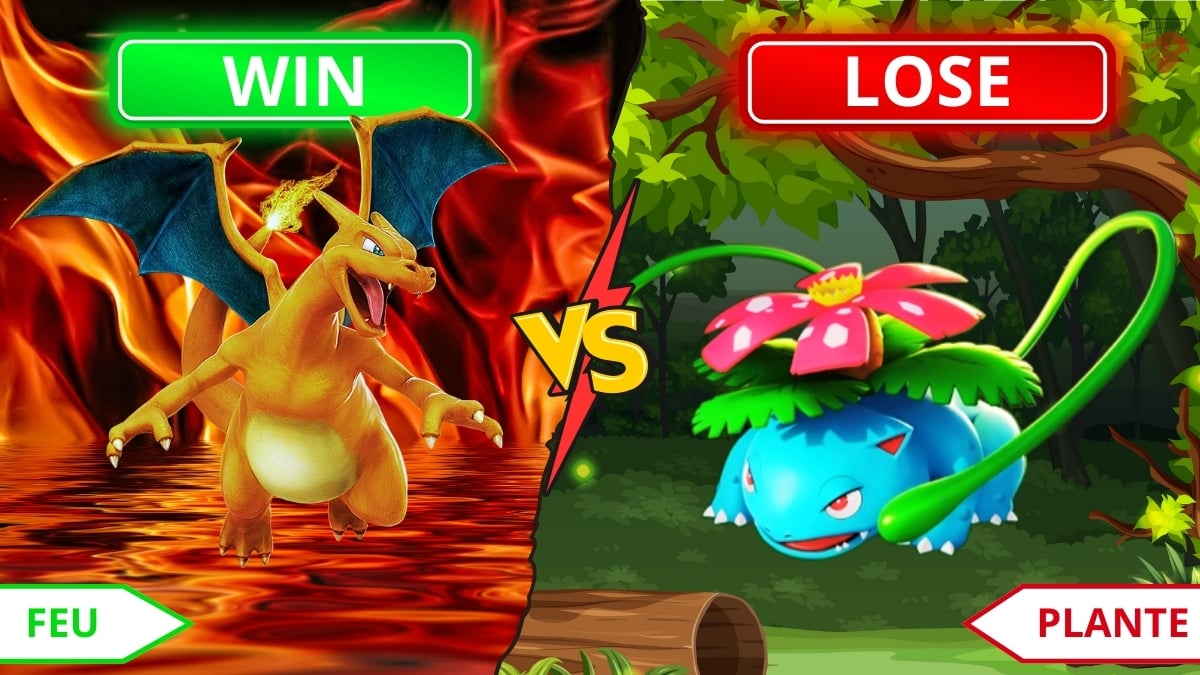
Ice type
Plant Pokémon are also vulnerable to the attacks of Ice typesThis is due to their physiology, which slows the circulation of sap in the plant part of the symbiont. As a result, when the Plant type encounters the Ice type, there is more tissue damage.
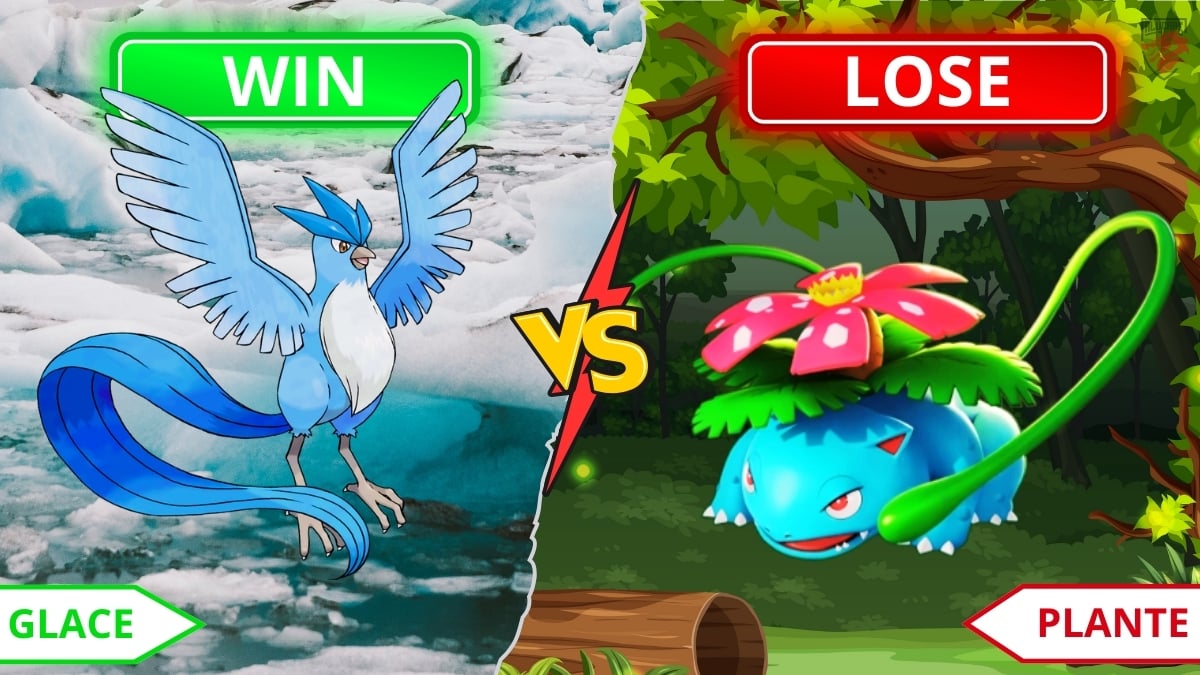
The Poison-type
The plant cells of plant-type Pokémon are particularly attacked by the digestive enzymes, acids and toxins released during attacks by Poison types,.

The Insect type
The shell of the insect typeis impervious to acids produced by plant-type attacks.
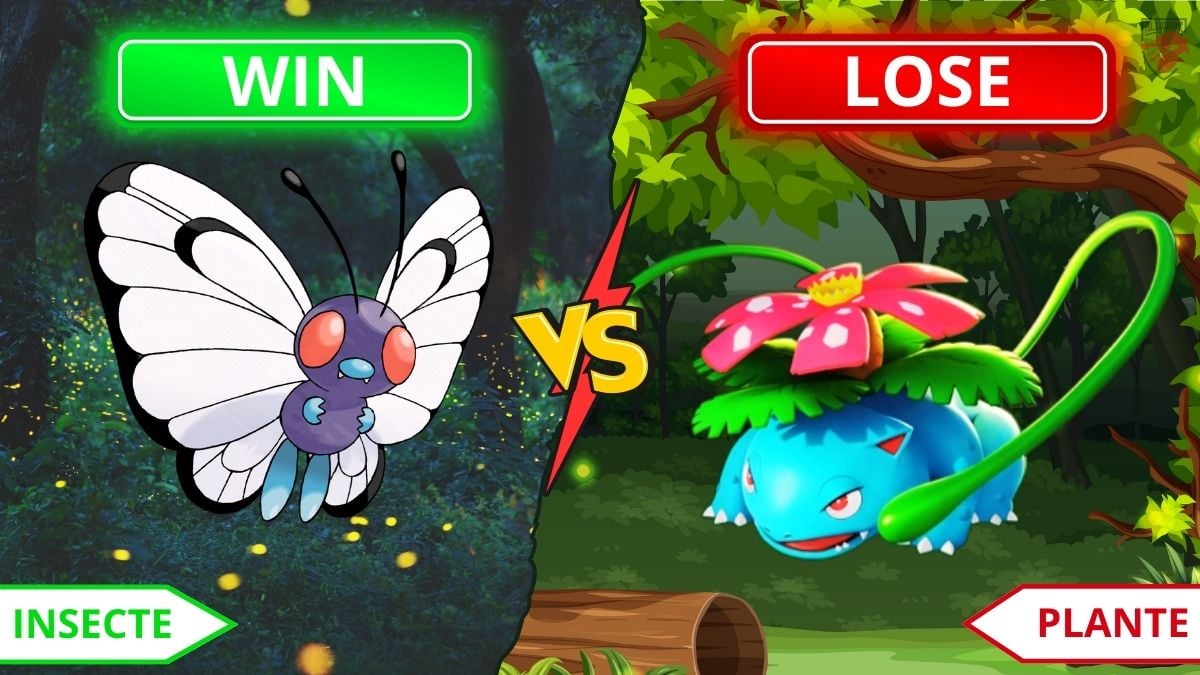
The Flight type
When the Pokémon of flight types vertically attack the Plant type, the latter are left defenseless.
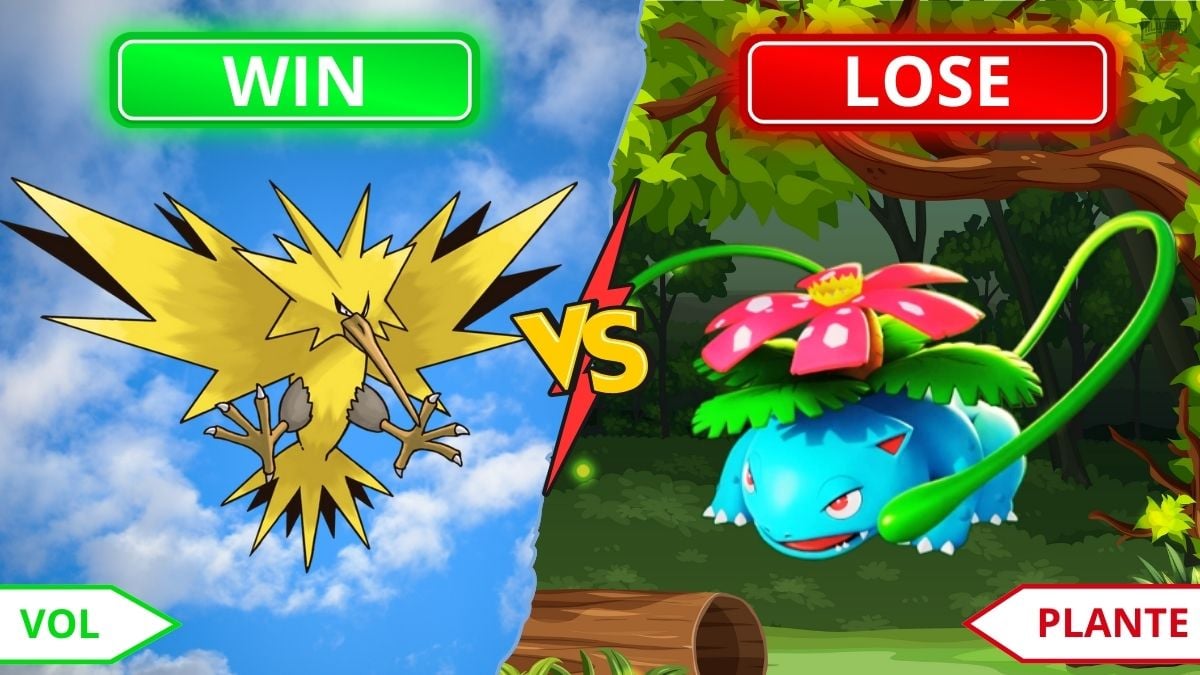
As well as being weak against these types of Pokémon, Plant types have other weaknesses to exploit. One of the disadvantages of Plant-type Pokémon is that they also benefit from environmental conditions to facilitate their attacks.
- When the weather is sunny, plant-type Pokémon can increase the power of their attacks.
- As a result, if environmental conditions are not favorable, Plant-type Pokémon may be at a disadvantage in battle.
However, while these plant-type Pokémon have many limitations, they also have strengths that set them apart from other Pokémon.
All about the Plant-type Pokémon
The plant-type Pokémon forms three basic types of the three starting Pokémon. They form a simple triangle with the fire-type Pokémon and the water-type Pokémon, making it easy to explain the concept to new players. It is also one of the 18 types introduced in the first generation of Pokémon.
It is one of the Pokémon types statistically the lowest. It has 7 types resistant to Plant attacks and 5 defensive weaknesses. There's also Plant/Psy; Plant/Ice; Plant/Darkness of the combinations types associated with Plant Pokémon, which have 7 weaknesses. This type of Pokémon is classified as special in Pokémon.
How resistant are plant-type Pokémon?
Yes, although the Plant type is weak against other Pokémon and environmental conditions, it should not be forgotten that this Pokémon also has strengths that can protect it against other types of Pokémon, including :
Water type
A layer of hydrophobic wax is used to protect plant-type Pokémon from attacks by type Water. We call this the lotus effect.
The Sol type
Similarly, attacks by type Soil are also protected by this lotus effect.
The Électrik and Plante types
Plant-type Pokémon are also resistant to the attacks of Électrik type and Plante.
The Roche type
Plant-type attacks are powerful against Roche typesThis is because plants emit substances specially designed to dissolve minerals in order to absorb them.
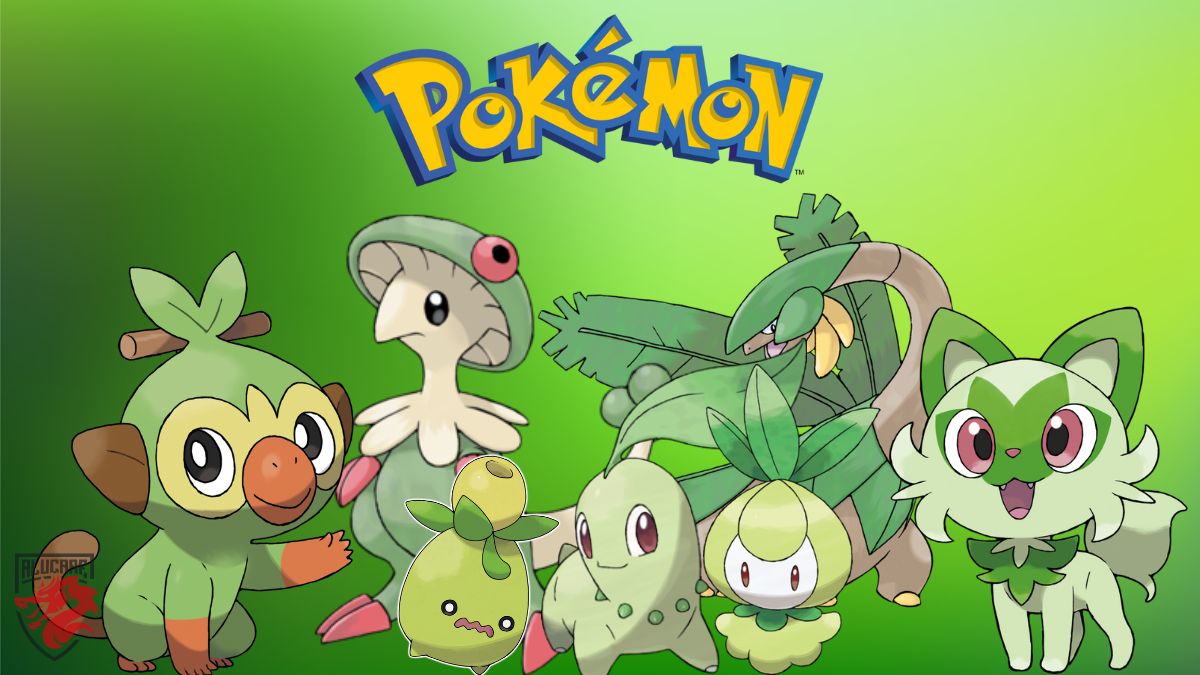
What are the weaknesses of plant-type Pokémon in Pokémon Go?
In the Pokémon Go game, Plant-type Pokémon are weak against :
- Steel type,
- Dragon type,
- The Fire type,
- The Insect type,
- The Plant type,
- The Poison type,
- The Vol.
However, plant-type Pokémon are strong against :
- Water type,
- The Roche type,
- Sol type.
So don't hesitate to use these attacks to easily battle Plant-type Pokémon in Pokémon Go!
Which types are stronger than plant-type Pokémon in Pokémon Scarlet and Violet?
In these Pokémon Scarlet and Violet video games, plant-type Pokémon are weak against :
- The Fire type,
- type Vol,
- The Insect type,
- The Poison and Ice type
Plant-type Pokémon, on the other hand, are resistant to :
- Water type
- Plant type
- Type Sol and Électrik
And finally, Plant-type Pokémon are strong against :
- Water type,
- The Rock and Soil types in Pokémon Scarlet and Violet!
Table of Pokémon strengths and weaknesses by type
Sometimes it's hard to remember all these Pokémon strengths and weaknesses. What would be fantastic, however, is to be able to consult all this information in one place.
Here is an illustrative table of the weaknesses and strengths of each Pokémon type, including the Plant type:
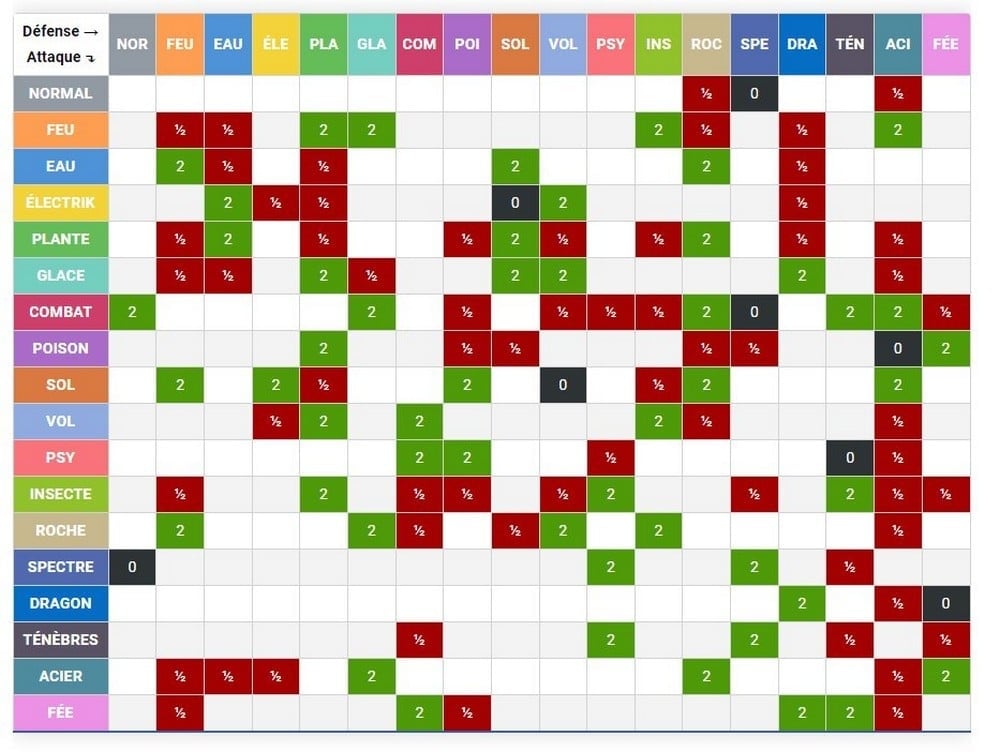
Here's a guide on how to read the table:
- The fractions of damage that can inflict type attacks Plant are indicated by ½ (in red) which means 50 % of damage"
- 2 (green) means a super-efficient attack at 200 %.
- 0 (black) means ineffective attack.
And, don't forget to explore the various weaknesses of other Pokémon types, including :
- Normal-type Pokémon weaknesses;
- the weaknesses of battle-type Pokémon;
- Psy-type Pokémon weaknesses;
- Spectre-type Pokémon weaknesses;
- Weaknesses of Dark-type Pokémon;
- Weaknesses of Fairy-type Pokémon.
- Dragon-type Pokémon weaknesses,
- Steel-type Pokémon weaknesses.
In fact, each Pokémon has its own type, which determines its effectiveness in terms of defense and attacks. In short, these are the weaknesses of the Plant-type Pokémon you need to know about. Next time, based on their weaknesses, you now know what you need to do to defeat them more easily.






